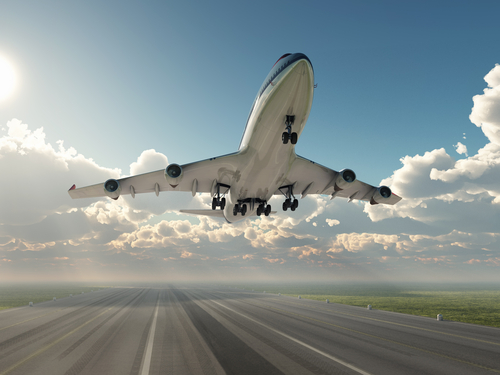Q3 data shows both rippling consequences of COVID-19 and a promising growth in demand.
Then and now
In 2020, we noted a major drop in global air cargo usage. We also saw a frantic effort to regain control over global transport as disruptions rippled through trade and investment sectors into 2021. While these effects continue to ripple out, there is a new problem: one of overwhelming demand.
While people might have thought of luxury jets or passenger planes as rare and desirable, the less glamorous areas of aviation has since become a diamond in the eyes of the public. From UPS to Air France spending record numbers on freighter craft, the consensus is that new jets can’t come quick enough.
The MIAC- Maintaining International Air Connectivity, which provides subsidies to airlines to continue offering set routes, was extended into March of 2022. Governments are agreeing to additional budgets to support flights, connectivity, and prepare for possible pauses or suspensions.
The skyrocketing demand for air cargo transport ties to global supply chain and shipping disruptions, which have caused container ship congestion at major ports over the last year. The realization that air freight demand is here to stay is leading more companies to find room for bigger shipping budgets so the world can begin planning for the future of transport.
Air freight demand looks to have ushered action among fleets currently struggling to provide enough cargo options. Airbus, which recently launched A350 Freighter, won’t fly until later in the decade. UPS Airlines recently ordered over a dozen Boeing 767-300’s to be delivered over the next several years, totaling over $4 billion. Some passenger airlines are even considering using excess passenger planes to help keep the cargo business moving. Others are ordering droves of yet-to-be-certified freighters to their fleets in hopes that they will be enough.
But how are air cargo operations handling the current boom in demand? If you ask larger businesses like Emirates SkyCargo, they would say they are handling things well.
SkyCargo’s Dubai facility handles thousands of packages daily, from household items to vaccines, flying them around the globe with great efficiency.
Shippers initially had mixed feelings about depending so heavily on air freight: while moving goods by air greatly improves the speed and efficiency of transport between continents, it comes at a much higher cost than other forms of transport.
Increasing pressure or opportunity?
News of ocean shipping disasters and port congestion has led many shippers to feel there is little to no choice: after all, trade and the purchase of goods is a large piece of the world economy, and the year’s end often leads to a large push in cargo holding and logistics for holiday purchases.
While this news may not encourage people or businesses trying to keep up over the holidays, the discussions that have followed stand to benefit freighters in an unexpected way. Air cargo division leaders and crew find themselves center stage as the world opens its eyes to the crucial air freight play in supply chain and logistics.
The last piece in the transport equation: bolstering supply chain resilience where labor shortages exist. Innovative policy incentives keep freight going strong for the moment, but they will need to be more thorough to guarantee reliable crew operations going into 2022.


